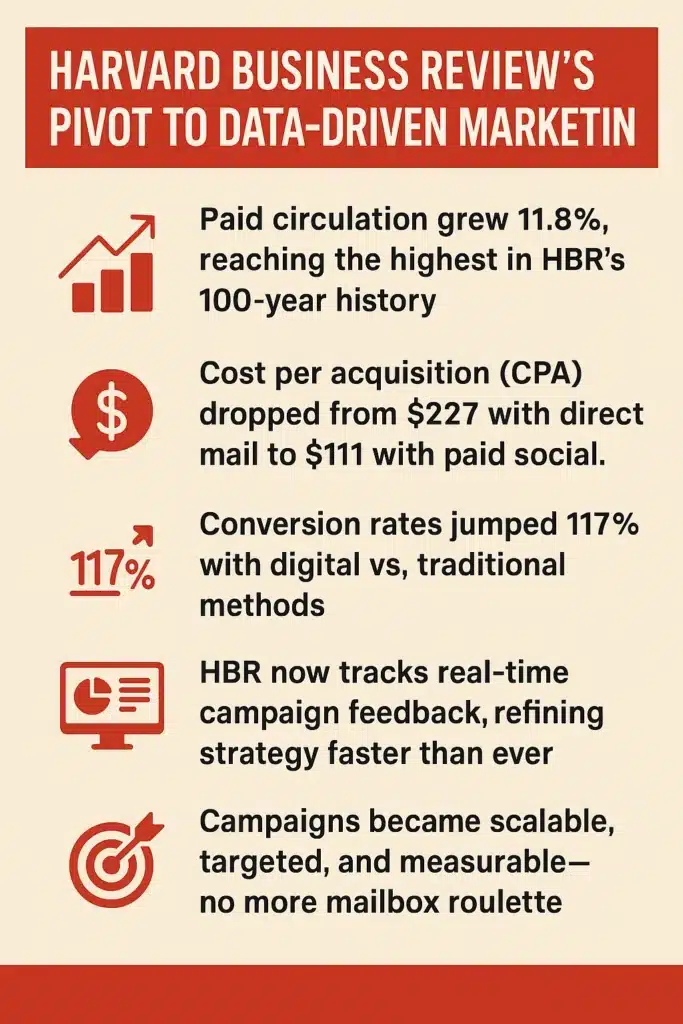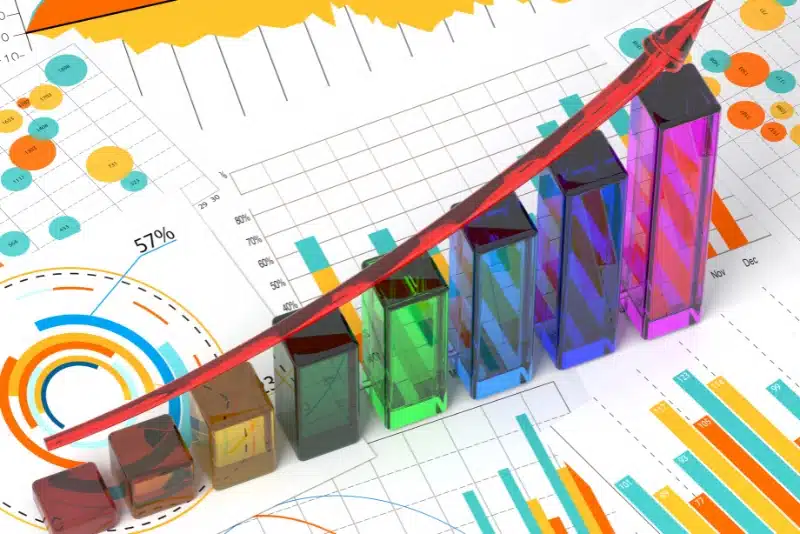Last quarter, a well-known SaaS startup tried to maximize marketing ROI with a flashy product launch. They spent heavily and made a big splash but achieved zero results.
The startup skipped the data-driven marketing part. There was no user behavior tracking or conversion analysis. All they had was hype or hope.
Two weeks in, signups stalled, churn surged, and support tickets exploded. Leadership scrambled. Everyone asked: What went wrong?
A product manager finally pulled user journey data. The truth stung. Onboarding confused people. The pricing page caused drop-offs. Their top traffic? A two-year-old blog post—irrelevant to the new offer.
They fixed the flow, simplified the message, and used real data to guide decisions.
Two weeks later, conversions doubled. Support volume dropped. The COO called it magic.
It wasn’t. It was data-driven marketing—done right.
Still relying on your gut? Or are you ready to maximize your marketing ROI?
Old Marketing Methods Failed. Data Gave It a Clearer Direction.
Random Marketing Campaigns Were Like Throwing Darts Blindfolded.
Remember those days? Spending big bucks on TV spots or print ads? You didn’t know what worked. You’d try everything and hope something clicked. The result? Confusion, wasted budget, and inconsistent sales.
It wasn’t just you. Major brands like Harvard Business Review (HBR) faced the same headache until they stopped guessing and went digital.
A 2018 Forbes article by Tony Silber revealed how HBR ditched direct-mail campaigns after seeing diminishing returns and rising acquisition costs. Their solution? Full-funnel, data-driven marketing. The results were staggering.
Harvard Business Review’s Pivot to Data-Driven Marketing
When HBR’s traditional campaigns started flopping, they made a bold move: they shifted their entire marketing strategy to digital. And it paid off—big time.
Here’s What Happened:

What HBR Did Differently (& You Can, Too)
Their digital-first strategy includes:
- Retargeting site visitors who abandoned subscriptions.
- Email marketing to users who registered but didn’t convert.
- Paid social campaigns (Facebook, Instagram) aimed at past visitors and lookalike audiences.
- Search engine marketing to capture interest at the decision-making stage.
- Content marketing to warm up cold audiences and drive trust.
All this is for 15% less in total spending than their old-school campaigns.
“There’s only so many times you can put a piece of paper in a mailbox.”
— Jeff Levy, HBR Group Consumer Marketing Director
Data-Driven Marketing Brought Precision.
With data, you stop guessing and start growing. You target real people with stuff they want. You test campaigns. You get feedback—fast. You pick platforms based on what works.
You spend less and get more back. You’re done with blindfolds and dartboards. Now, you’ve got insight, precision, and control.
Analytics Were Overwhelming. Data Made It Simple.
Marketing Analytics Used to Be a Headache.
Numbers everywhere. Charts with no clear answers. Was it when the email opened? Click-throughs? Impressions? You were drowning in data and still flying blind.
But things are shifting—and fast.
According to the 2025 Marketing Data Report by Supermetrics, the average marketer handles 230% more data than in 2020. Yet most still don’t know what to do with it.
Here’s What Supermetrics Found:

But Here’s the Upside: Clarity is Possible.
Marketing teams that embrace a focused, data-driven advertising strategy are finally seeing the light. There are no more guessing games and no more “gut feelings.”
Now, data gives clear insights. You can target better, spend smarter, test faster, and adapt in real-time. Finally, measure what really matters—ROI, conversions, and real engagement.
Want proof?
- 63% of marketers rank ROI as their top metric
- 41% still can’t measure cross-channel performance effectively
- Predictive analytics and experimentation are top priorities for 2025
- Only 16% use zero-party data, even though it’s the most accurate
Bottom Line?
You don’t need more data. You need better definitions, better tools, and better priorities.
Data no longer confuses. It clarifies. And that clarity? It’s your competitive edge.

